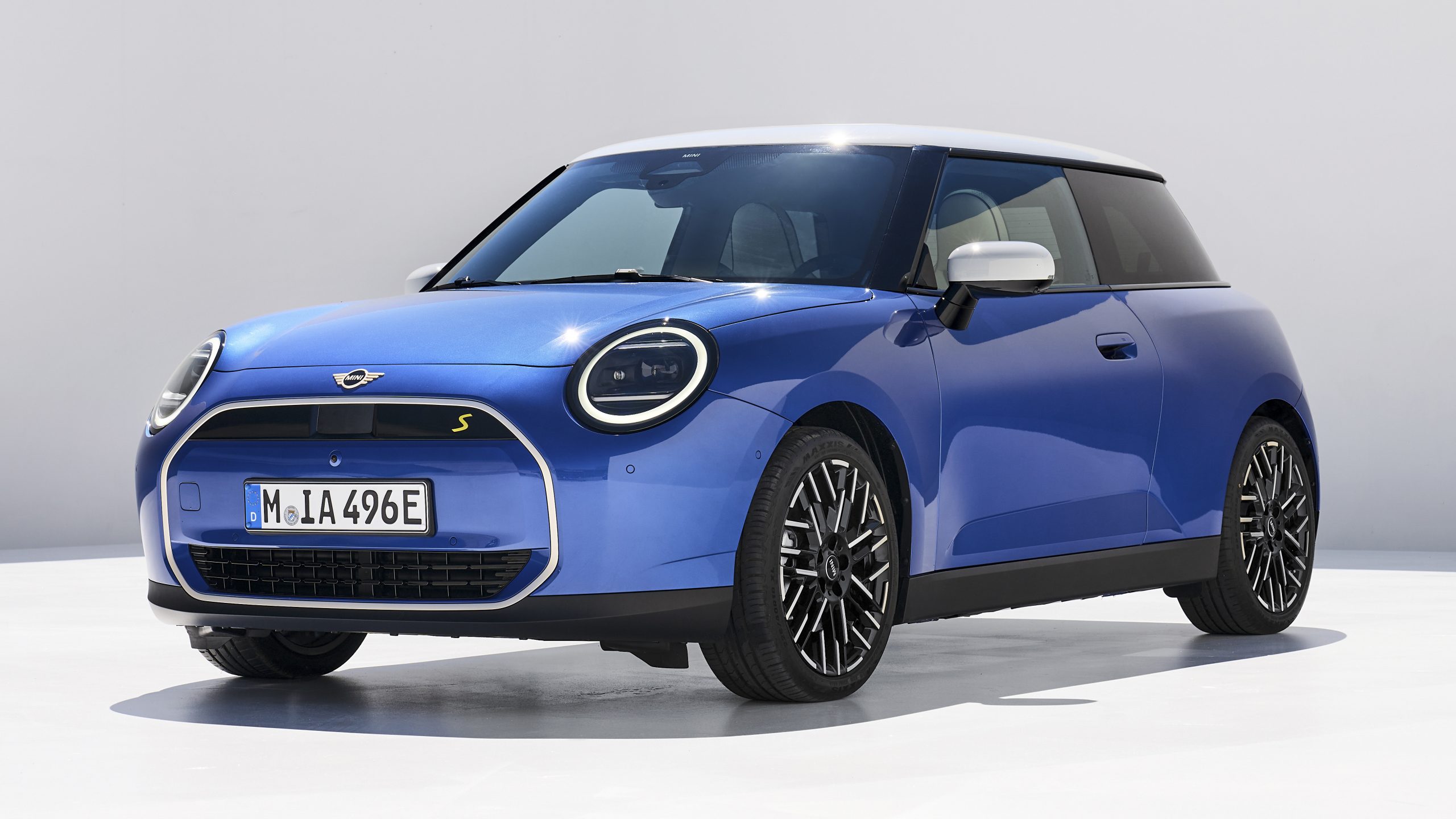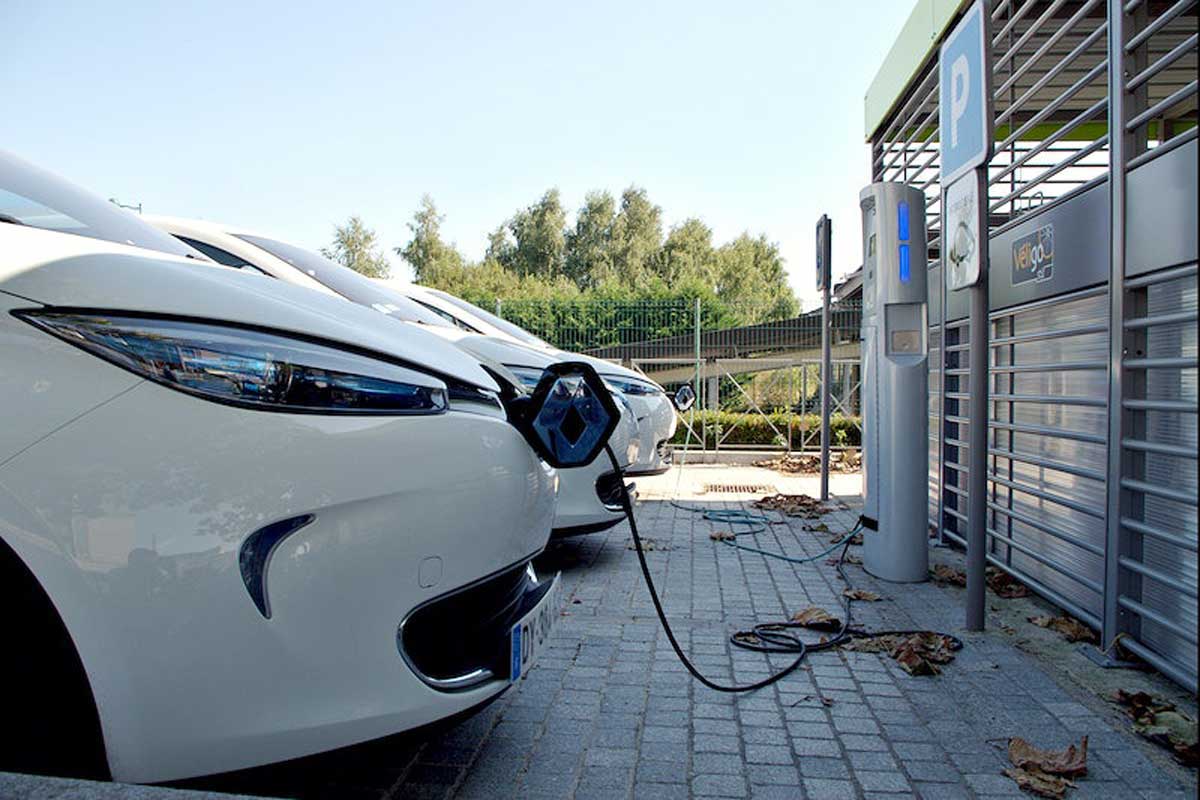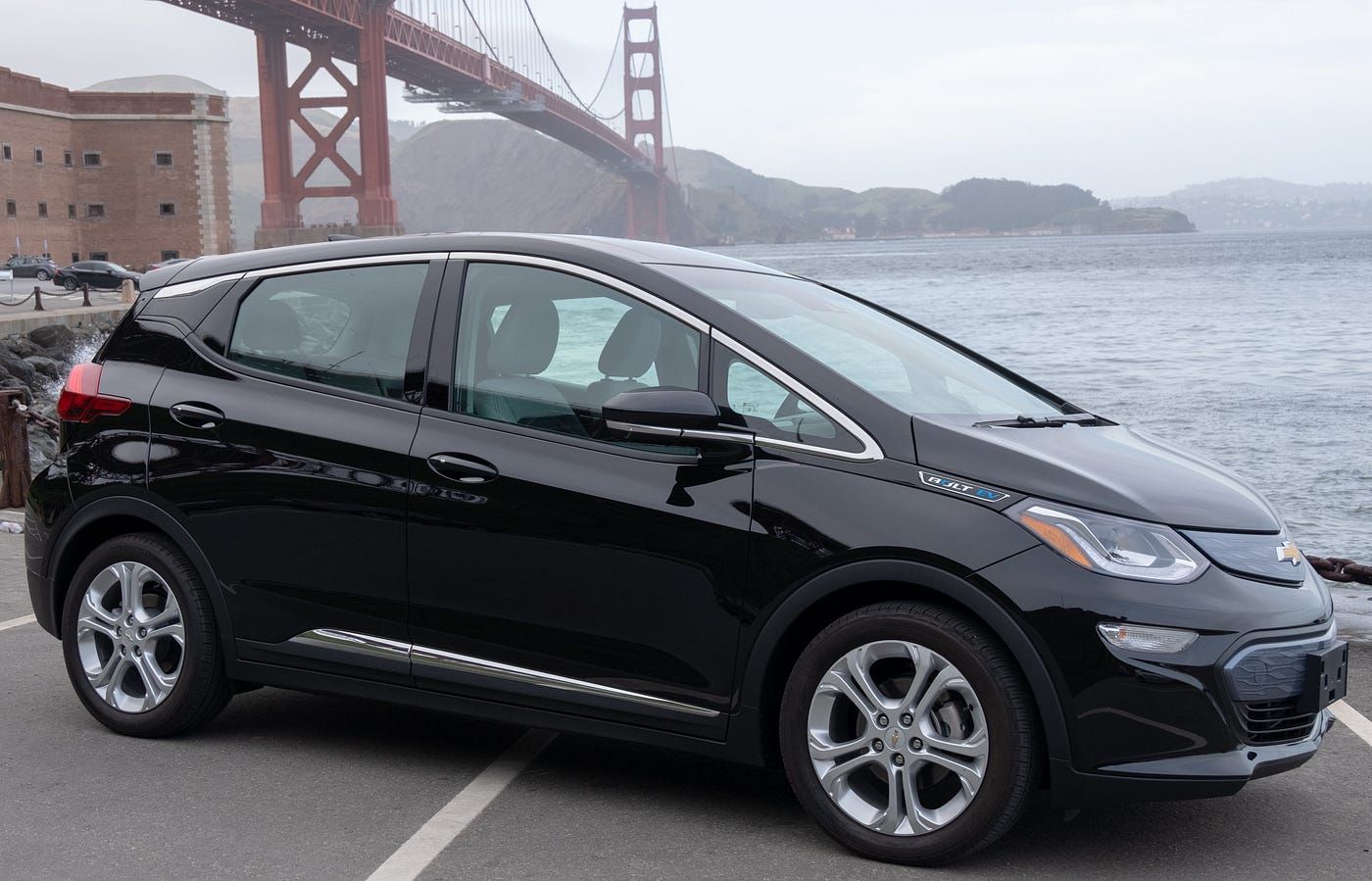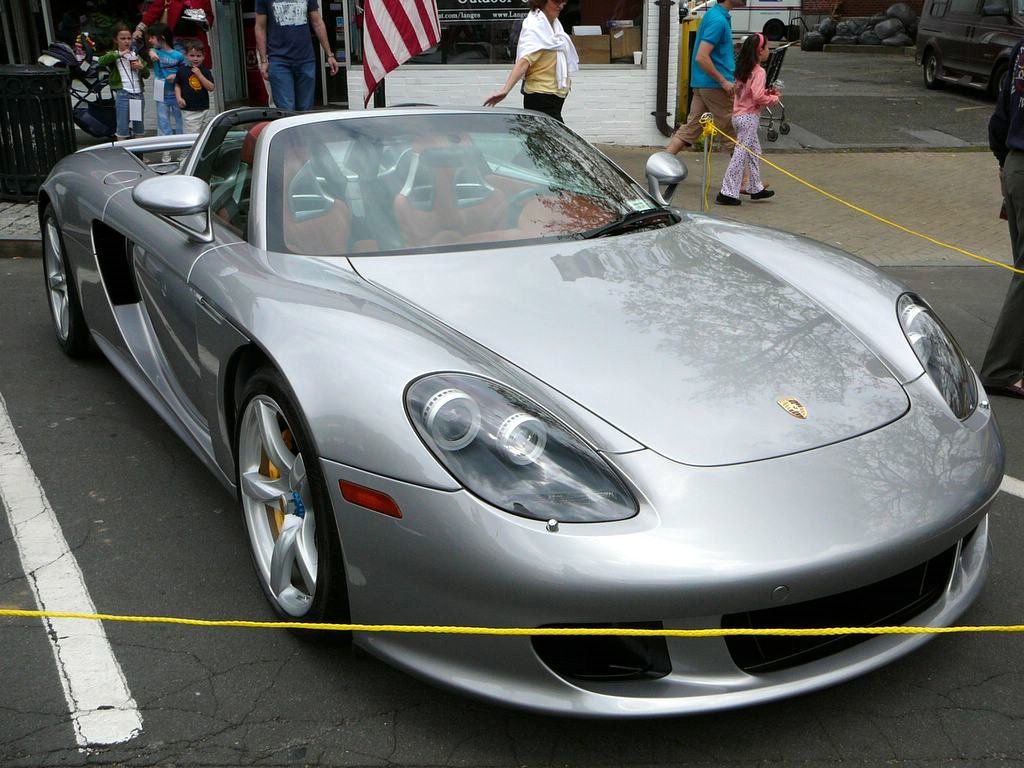
The trucking industry is at a pivotal moment, with electric vehicles emerging as a significant contender to traditional diesel fleets. The conversation around electric vehicles often centers on personal cars, but the environmental and operational impact of electrifying heavy-duty trucks presents an equally compelling, if not more critical, narrative. Large diesel trucks are known contributors to air and noise pollution, particularly in urban areas, and their reliance on fossil fuels ties logistics companies to volatile energy markets.
However, moving away from a well-established system to a nascent one presents a multitude of questions, especially for the individuals who spend their working lives behind the wheel. What are the day-to-day realities for the truck drivers making this transition? Is the hype surrounding electric trucks matched by practical, real-world benefits, or do the challenges outweigh the perceived advantages? To truly understand the implications, it is essential to delve into the direct experiences of those who operate these sophisticated machines.
In this comprehensive review, we’ll navigate the world of electric trucking through the eyes of experienced drivers like Tobias, a former startup founder in Germany, and Alex Johnson, a seasoned operator in a different regional context. Their candid insights will shed light on everything from the exhilarating performance to the practical considerations of range, charging infrastructure, and the unexpected improvements to their daily lives on the road. This deep dive aims to provide an objective, unbiased perspective, offering a clear picture of whether electric trucks are indeed worth the investment for the drivers who depend on them.

1. **The Driver’s Journey to Electric** For many, the transition to driving an electric truck isn’t merely a job change; it’s a step into a new technological frontier, often driven by personal conviction or a company’s progressive vision. Take Tobias, for instance, a German driver whose background in e-mobility infrastructure at the startup “Charge X” naturally led him to explore electric trucks. His decision to become a truck driver, specifically focusing on electric rigs, stemmed from a desire to delve into new aspects of e-mobility. After obtaining his license, he joined “Nanno Janssen” in Leer, a logistics company that stands out in Germany’s largely diesel-dominated trucking landscape for embracing electric fleets, having ordered over 40 electric trucks and building its own comprehensive charging park with solar installation and a 4MW battery.
This kind of proactive company culture significantly shapes a driver’s entry into electric trucking. Tobias, despite learning in a DAF diesel truck, quickly adapted, stating he has “only drove electric” since. He enthusiastically noted, “I enjoy driving electric so much more that I would not voluntarily switch to a diesel.” This sentiment highlights a common thread among early adopters: the electric driving experience is often so superior that going back feels like a step backward in comfort and modernity.
Similarly, for drivers like Alex Johnson, the shift brings a profound change to their daily routines, right from the start of the day. His morning no longer involves traditional engine checks and fuel top-ups, which were staples with his old diesel truck. Instead, Alex now relies on a dedicated smartphone app to monitor the charge level and ensure the software systems are updated, a testament to the digital integration of modern electric vehicles. This pre-trip preparation reflects a fundamental difference in vehicle management, moving from mechanical oversight to digital readiness, offering a glimpse into a more streamlined and technologically advanced way of working.
Product on Amazon: SINGARO 3Pcs Student Driver Bumper Stickers for Car, New Driver Sticker Signs, Bright Reflective New Driver Decals to Remind Others, Car Exterior Accessories Gift for Women and Man
Brand: SINGARO
Binding: Kitchen Product Group: Automotive Parts and Accessories
Price: 4.99 USD
Rating: 4.3 Total reviews: 7
Color: Yellow
Recommended Uses For Product: Bumper, Car
Cartoon Character: New Driver
Item Form: Rectangular
Pattern: Letter Print
Unit Count: 3.0 Count
Indoor/Outdoor Usage: Outdoor
Number of Items: 3
Features:
1. Bright Colors and Text:Bright yellow background and large black text can clearly attract people’s attention and avoid unnecessary things.
2. High Quality Materials:Made of top-quality strong sticker, which has more durable and sturdy. High quality reflective materials provide maximum visibility between day and night.
3. Reduce Pressure:Once other drivers realize you are learning to drive they will give you space and respect, reducing the likelihood of an accident.
4. Includes 3 durable decals—use one on your car, keep a spare, or share with family! Ideal for teens, driving schools, or new drivers who switch between vehicles.
5. Waterproof – No matter whether it’s sunny or rainy, there’s no need to worry. These internship car stickers can withstand the impact of rain and even car washing.
Shopping on Amazon >>
Read more about: Beyond Nostalgia: 14 Legendary Classic Cars That Deserve a High-Performance Comeback Today

2. **Unleashing Instant Power: Performance and Acceleration** One of the most immediate and universally praised characteristics of electric trucks, according to drivers, is their dynamic performance, particularly the instant and constant acceleration they offer. Tobias vividly describes this as a significant advantage over diesel counterparts, noting it makes trucking “a lot more fun to drive” and, crucially, “a lot safer.” This responsiveness is a direct result of electric motors delivering maximum torque from zero RPM, eliminating the lag associated with internal combustion engines.
This characteristic translates into tangible benefits on the road. Drivers can accelerate faster onto highways, seamlessly merging into traffic flow without struggling to gain speed. Overtaking other trucks or even cars becomes quicker and more decisive, reducing the amount of time spent in hazardous passing maneuvers. Tobias emphasizes that this enhanced acceleration means drivers “don’t block the road for others,” improving overall traffic fluidity and safety for everyone sharing the highway.
Alex Johnson echoes this sentiment, highlighting the distinct driving experience electric trucks provide due to their instant torque delivery. He observes, “The truck responds immediately to the accelerator, and there’s no delay in power when I need to overtake or climb hills.” This stands in stark contrast to the often sluggish power delivery of diesel trucks, especially when they are heavily loaded, where drivers might have to anticipate power needs well in advance. The immediate availability of power ensures that the truck performs reliably and predictably under various demanding conditions.

3. **The Silent Revolution: Noise Reduction** Beyond the improved performance, electric trucks usher in a profound shift in the working environment for drivers, most notably through the dramatic reduction in noise. This “absence of a roaring diesel engine” is a “huge bonus,” as Tobias points out, transforming the cabin into a far more tranquil space. The constant drone of a diesel engine, a pervasive element of traditional trucking, is replaced by a mere hum, a difference that significantly impacts driver comfort and reduces long-term fatigue.
Alex Johnson, upon starting his route each day, consistently remarks on the “remarkable silence.” He notes that without the background drone of a diesel engine, he experiences “less fatiguing” drives, allowing him to “actually enjoy listening to music or podcasts.” This seemingly small detail has a considerable impact on a driver’s quality of life during long hours on the road, turning a noisy, often stressful environment into a more serene and enjoyable workspace, benefiting mental clarity and overall well-being.
The benefits of noise reduction extend far beyond the driver’s cabin, impacting communities as well. Tobias frequently drives “late at night through cities or small villages,” times when the absence of engine noise becomes particularly crucial. For residents, especially those “already sleeping or getting ready for bed,” the quiet operation of electric trucks means less disturbance, leading to a more peaceful environment. This aspect of electric trucking addresses a long-standing complaint against heavy-duty vehicles, fostering better relations between the logistics industry and the communities it serves.

4. **A Breath of Fresh Air: Environmental Impact** The environmental advantages of electric trucks represent a compelling argument for their adoption, offering a significant reduction in harmful emissions that directly impact public health and air quality. Tobias explicitly highlights the “absence of air and noise pollution” as a “huge bonus,” noting that “many people aren’t aware of how unhealthy the diesel fumes are.” Diesel engines are known emitters of particulate matter, nitrogen oxides, and other pollutants, which contribute to respiratory illnesses, cardiovascular disease, and smog.
For drivers operating in urban environments, the contrast is particularly stark. Tobias emphasizes that “especially when you are driving in the city, pedestrians are constantly breathing in diesel truck fumes.” By switching to electric, drivers are no longer contributing to this immediate health hazard in densely populated areas. This fundamental shift from tailpipe emissions to zero local emissions transforms the immediate environment around the truck, providing cleaner air for everyone, including the driver and those living and working along their routes.
Alex Johnson, at the end of his workday, often reflects on the broader positive impact of his electric truck. He shares, “Knowing that I’m contributing less to air pollution gives me a sense of pride. It’s not just about driving; it’s about making a difference.” This personal satisfaction derived from environmental stewardship is a powerful motivator for drivers, aligning their daily work with a larger societal benefit. It transforms the act of driving a truck into a form of active contribution to public health and ecological well-being.

5. **Simplified Driving: Fewer Gears, More Relaxation** Electric trucks often provide a surprisingly simplified and consequently more relaxing driving experience, primarily due to their significantly reduced number of gears, or in some cases, the complete absence of them. This mechanical simplification stands in stark contrast to the complex, multi-gear transmissions found in traditional diesel trucks, which require constant shifting and management, especially in varying terrains or traffic conditions. Tobias, for instance, specifically mentions the Iveco he drives, which has “only one single gear,” an attribute he finds “surprisingly relaxing while driving.”
The elimination of gear shifting drastically reduces the cognitive load on the driver. In a diesel truck, the driver is continuously engaging with the transmission, anticipating shifts, and managing engine RPMs to optimize power and fuel efficiency. This constant mental engagement, while second nature to experienced drivers, still adds to overall fatigue over long hours. With an electric truck, the driver can focus more intently on the road, traffic, and their surroundings, rather than the internal mechanics of the vehicle.
This simplification translates into a smoother, more fluid driving motion. The seamless power delivery without interruption from gear changes creates a consistent and comfortable ride, which further contributes to reduced driver stress and physical exertion. The absence of jarring shifts or the need to “hunt” for the right gear, particularly when climbing steep inclines or accelerating quickly, enhances the overall ease of operation, making the driving experience feel less like a wrestling match and more like a smooth glide.

6. **Navigating the Grid: Range and Regulatory Realities** The discussion around the range of electric trucks, much like electric cars, often becomes a focal point of debate, yet in the context of professional trucking, it’s crucial to consider the full regulatory picture that governs a driver’s day. Tobias explains that in Germany, and most of Europe, strict regulations dictate “driving times, rest times, and working time regulations,” which significantly influence how range is actually utilized and perceived. These regulations, rather than the sheer capacity of the battery, often become the primary determinant of a truck’s effective daily operational limit.
A critical aspect of these regulations is the mandatory 45-minute break that drivers must take after a maximum of 4.5 hours of driving. This rule applies universally, regardless of whether the truck is electric or diesel. Tobias highlights that during this enforced break, he can efficiently “charge up the truck, rest, walk my dog and have a meal.” This 45-minute interval is typically sufficient to charge “at least 30% of my truck’s battery,” providing an additional “150 km of range.” This integration of charging into existing regulatory breaks showcases a practical approach to managing battery capacity within a structured workday.
The range figures for the electric trucks Tobias drives offer a clear picture: the Volvo FM Electric (540 kWh battery) yields around 350 km, the Scania 40R (624 kWh) approximately 400 km, and the Iveco S-eWay (738 kWh) extends to about 500 km. While these numbers might seem modest compared to the theoretical range of a full diesel tank, Tobias confidently asserts that in Germany or most of Europe, “range is not the bottleneck of electric trucks, but driving and rest time regulations.” He recounts never being delayed by the truck’s range, even on long-distance routes with the Volvo, which has the smallest range and is typically used for local transport.

7. **The Charging Conundrum: Infrastructure Challenges and Solutions** While the shift to electric trucks offers numerous advantages, the state of charging infrastructure presents a significant hurdle that drivers and logistics companies must currently navigate. Tobias, our German driver, candidly points out the “unreliability of the charging network across Germany.” This issue is not merely theoretical; it manifests in broken chargers, units that fail to deliver maximum charging speed, or even entire charging parks that are simply “not made for trucks,” creating logistical bottlenecks.
The challenges extend beyond mere availability. Alex Johnson, from his perspective, notes that “charging infrastructure is not as widespread as fuel stations,” necessitating careful route planning. This lack of robust, truck-optimized infrastructure can introduce inefficiencies and uncertainty into a driver’s day, potentially undermining the operational benefits of electric fleets if not properly addressed.
However, there is considerable momentum towards resolving these issues. Tobias shares promising news that “over the next years 350 truck charging parks are being built across Germany,” a development that will hopefully alleviate many of the current problems. Furthermore, an encouraging trend is that “most charging providers already only use energy from renewables,” which enhances the environmental credentials of electric trucking by ensuring the power source is as clean as the vehicle itself.
The journey into electric trucking, as evidenced by the candid reviews of drivers like Tobias and Alex, reveals a landscape of both significant triumphs and manageable challenges. From the exhilarating performance and profound quietness that transform the daily driving experience to the strategic integration of charging into regulatory breaks, electric trucks are proving their worth on the road. While infrastructure and initial investment remain areas of focus, the rapid pace of technological innovation, particularly with advancements like Megawatt Charging Systems, promises to expand their viability across global logistics.



